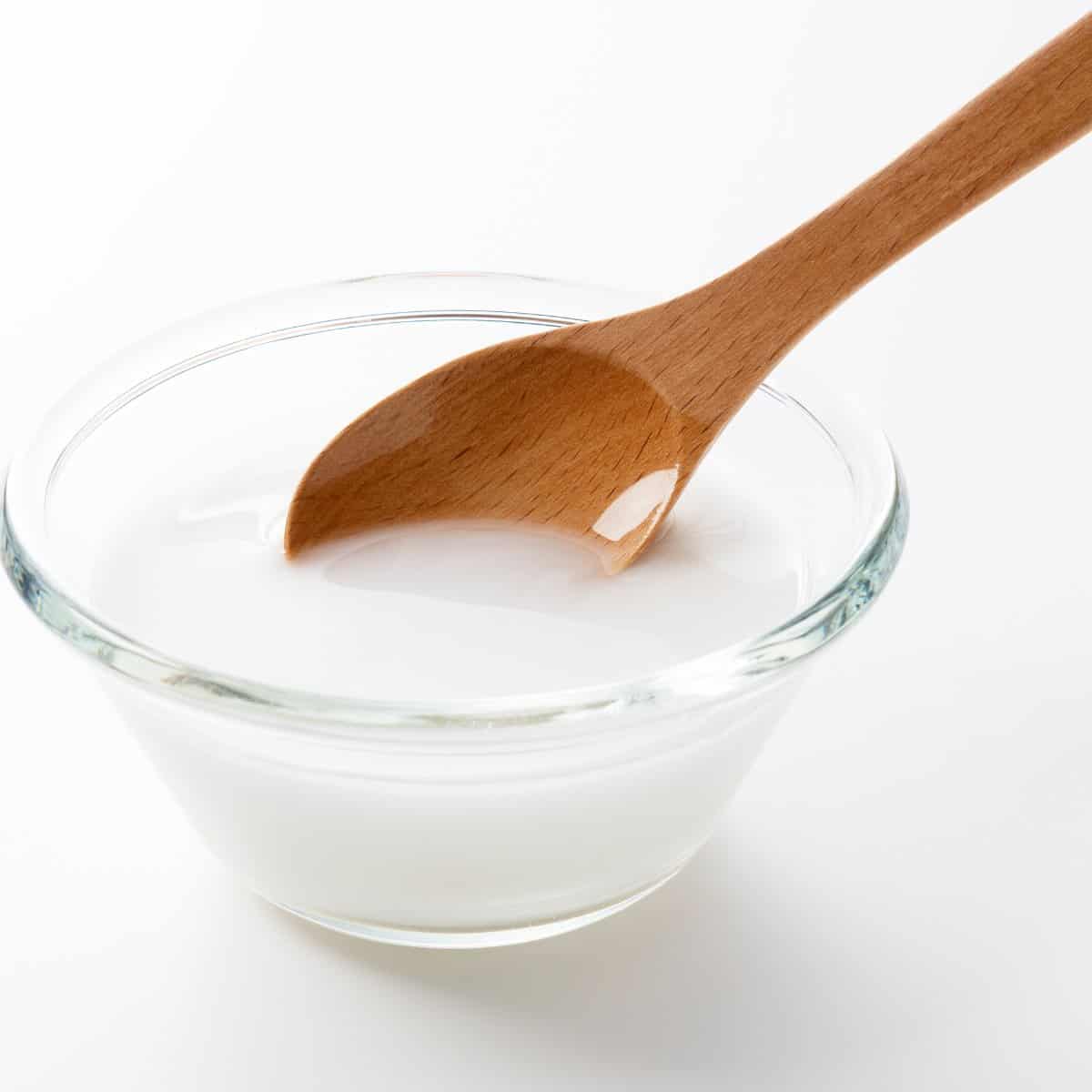Dissolve in Cooking: Everything You Need to Know for Perfect Results
Dissolve is one of those cooking words that sounds fancy but isn’t too hard to understand. It simply means to make a liquid solution out of a solid.
Dissolving is a great way to add flavor and texture to your dishes. It’s a very useful technique in cooking. You can dissolve almost anything in water, from sugar to salt to chocolate to butter.
In this article, I’ll show you how to dissolve ingredients in cooking and what to keep in mind when doing so.


Check out our new cookbook
Bitemybun's family recipes with complete meal planner and recipe guide.
Try it out for free with Kindle Unlimited:
Read for freeIn this post we'll cover:
What Does Dissolve Mean in Cooking?
When we talk about dissolving in cooking, we’re referring to the process of combining a solid ingredient with a liquid solvent to create a homogeneous mixture. In simpler terms, it means making something dry turn into a liquid form. The result of dissolving is that the solid ingredient is broken down into molecules or particles that are small enough to mix evenly with the liquid.
Understanding Solubility
Not all substances are soluble in water or other solvents. Solubility refers to the ability of a substance to dissolve in a particular solvent. For example, sugar is highly soluble in water, while certain oils are not. Understanding the solubility of ingredients is important in cooking, as it can affect the texture and flavor of the final dish.
Dissolving vs. Melting
It’s important to note that dissolving is not the same as melting. Melting involves changing a solid ingredient into a liquid form through heat, while dissolving involves combining a solid ingredient with a liquid solvent. For example, melting butter involves heating it until it turns into a liquid, while dissolving sugar involves combining it with water until it completely dissolves.
How to Easily Dissolve Something Using a Spoon
When you add a material to water, the molecules of the material start to break apart and mix with the water molecules. The resulting mixture is called a solution. The ability of a material to dissolve in water depends on the strength of the bonds between its molecules. For example, sugar dissolves easily in water because its molecules are held together by weak bonds. Salt, on the other hand, has stronger bonds between its molecules and requires more energy to dissolve.
A Simple Experiment to Test Your Knowledge
To test your knowledge of dissolving, try this simple experiment:
1. Fill two cylinders with the same amount of water, one with cold water and one with hot water.
2. Add a tablespoon of salt to each cylinder.
3. Stir both cylinders with a spoon and observe the differences in the dissolving process.
4. Take note of the time it takes for the salt to completely dissolve in each cylinder.
You will notice that the salt dissolves much faster in the hot water compared to the cold water. This is because the molecules in the hot water have more energy, which makes them move around faster and interact with the salt molecules more quickly.
Important Considerations for Safety and Preparation
When dissolving materials in water, it is important to remember the following:
- Always use the appropriate amount of water required for the material you are dissolving.
- Make sure the water is hot enough to speed up the dissolving process but not so hot that it poses a safety risk.
- Use a spoon to stir the mixture and ensure that the material is properly dissolved.
- If you are adding different materials to the water, be aware that they may affect the dissolving process and adjust accordingly.
- Always follow the instructions on the preparation sheet and any additional information provided.
In conclusion, dissolving materials in water is a simple process that can be easily carried out using a spoon. By understanding the molecular bonds of different materials and following the steps outlined above, you can dissolve materials faster and with greater control. Remember to always consider safety and preparation when carrying out any experiment involving dissolving.
Conclusion
So, there you have it- how to dissolve things in cooking. It’s not as hard as it seems, and the right knowledge can make all the difference. So don’t be afraid to experiment and don’t forget to use your spoon!
Check out our new cookbook
Bitemybun's family recipes with complete meal planner and recipe guide.
Try it out for free with Kindle Unlimited:
Read for freeJoost Nusselder, the founder of Bite My Bun is a content marketer, dad and loves trying out new food with Japanese food at the heart of his passion, and together with his team he's been creating in-depth blog articles since 2016 to help loyal readers with recipes and cooking tips.
